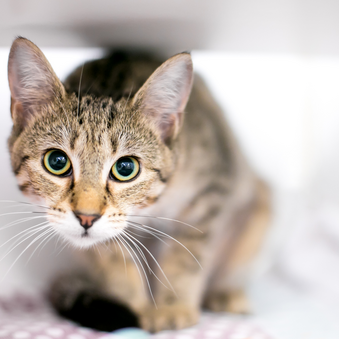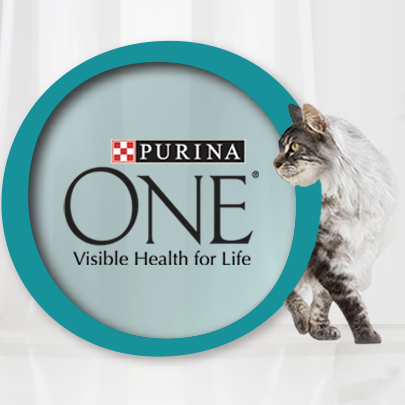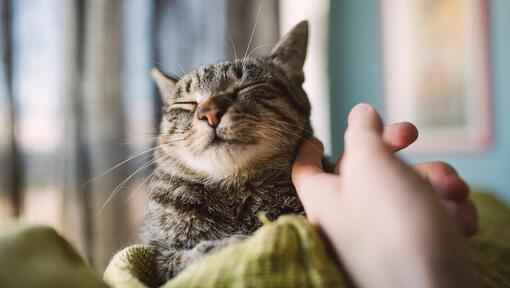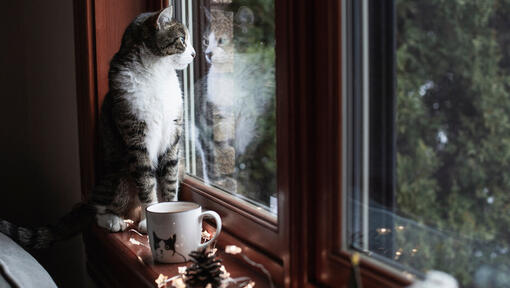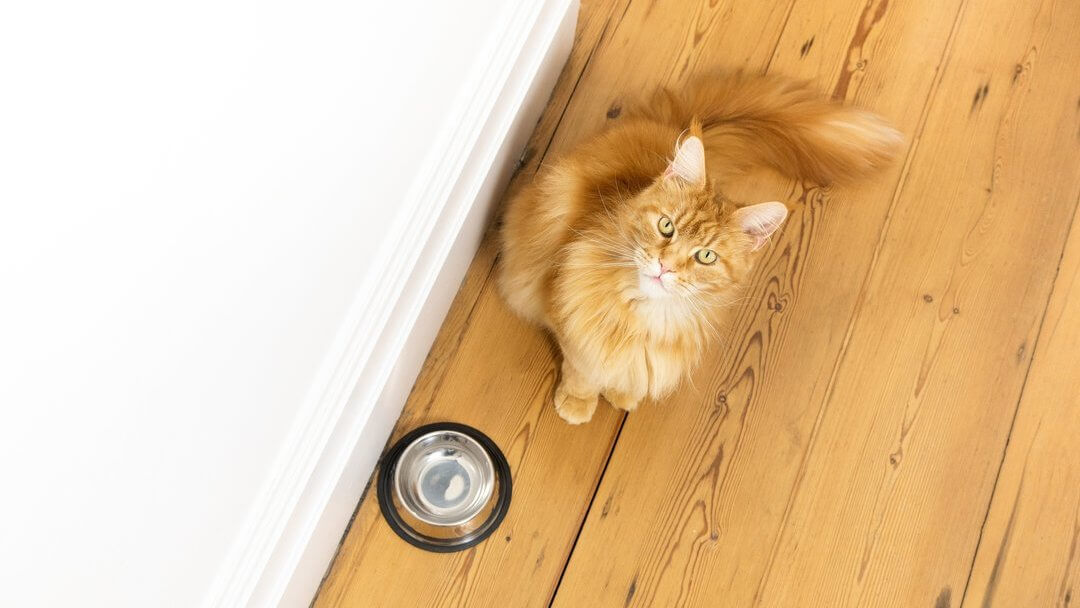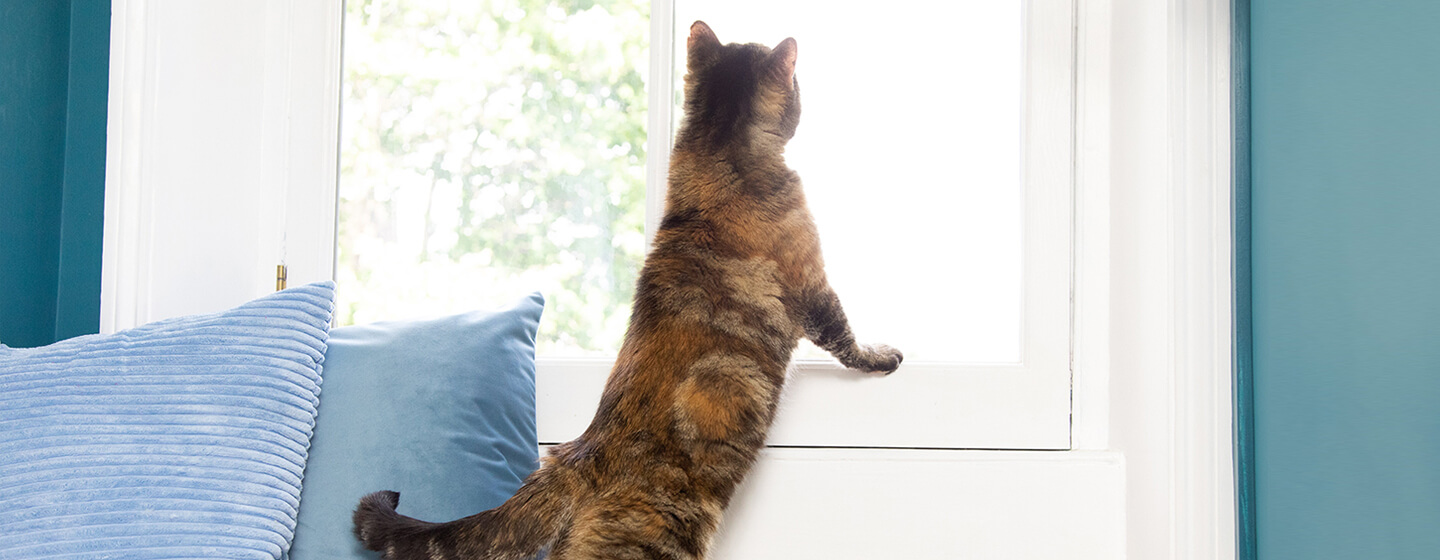
Having an indoor cat is growing in popularity because it’s thought to be much safer as it keeps them away from the risks of the outdoor world. If you’re thinking about keeping cats indoors, read this guide to find out all you need to know.
In Malaysia, it’s very common to let cats roam free outside. However, with the increased risks from the outside world, more and more pet owners are opting for the safety of inside life for their cats. There are many reasons behind the growing number of indoor cats, but the general consensus is that owners are keeping cats indoors to ensure they’re safe. This may be due to the fact they live in a busy town with lots of road traffic or because they’re in an area with neighbouring cats who don’t get along.
If you’ve recently got a new kitten or cat, you may be wondering what’s best for your newest family member, keep reading to find out more.
How do I know if my cat wants to be indoors or outdoors?
It’s important to take your cat’s opinion into consideration, and they’re usually quite good at telling you if they want to be an outdoor or indoor cat. Older cats or those with a disability or medical problem will often find the safety of indoors and the comforts that go with it much more preferable. Additionally, there are some cats which are genuinely quite frightened of outside, which may be due to aggressive territorial cats in your neighbourhood or loud sounds.
Outdoor cats on the other hand, will probably consistently beg you to go outside – usually by almost constant meowing – and may try and bolt every time they see the door open a crack.
Once you make the choice to let them outdoors or keep them as a house cat, it’s important that you stick with it. Cats that have been previously allowed to roam tend not to adapt very well to indoor life, and may develop certain behavioural problems.
4 Benefits of indoor cats
If you’re leaning toward the house cat lifestyle, there are numerous benefits. A few ones to note are:
- Keep them away from outside dangers.
This is the biggest reason why owners are choosing to keep cats indoors. The great outdoors poses an abundance of risks for our cats including being hit by cars and eating potential hazards they find, such as garden fertilisers or poisonous plants.
- Protect the local wildlife.
If you’ve ever lived with a cat that goes outside, you’ll probably be no stranger to the delivery of a dead bird or mouse. Indoor cats won’t be able to hunt these creatures, but you’ll need to provide alternative ways to exercise your cat’s hunting instincts and keep them entertained.
- Prevent territory wars.
With the increase in housing density and many people living in close proximity, cats are being forced to share their territory with other cats. As territorial creatures, this doesn’t bode well for our felines and there may be instances of cats fighting. Keeping cats indoors can prevent these fights and help your cat feel safer by providing them with their own secluded territory.
- Reduce injuries and exposure.
Another key benefit is that due to the reduced risk of fighting with other cats, they’ll also have a reduced risk of being injured or coming into contact with certain illnesses or disease that are passed between cats such as FIV (Feline Immunodeficiency Virus). But even if you have a house cat, you’ll still need to ensure their cat vaccinations are kept up to date.
Potential risks of keeping cats indoors
Although there are numerous benefits to keeping cats indoors, there are also a few risks you need to consider before making your choice:
- Cats may develop behavioural problems and become stressed as for some, inside life is far too boring and they’re not given the opportunity to escape from stressors in the home.
- House cats have less opportunities for exercise and will seldom exercise themselves, which could lead to them becoming overweight.
- While your cat will be kept safe from toxic substances outside, there are plenty of things which are toxic to cats in your home, such as household cleaners and medications.
- There are many house plants which are toxic to cats, including common ones like lilies, aloe vera and daffodils – make sure you do plenty of research and remove any plants or flowers that could harm your cat.
- As you’ll become your indoor cat’s source of entertainment and exercise, they may become overly dependent on you and won’t like being left alone for too long.
- If you have more than one cat in the home which are both kept inside this may cause tension and fighting.
Keeping indoor cats happy
If you’ve made the decision to have a house cat, you’ll need to make certain preparations in your home to keep them safe and happy.
Make sure you have a litter tray
You’ll need to ensure you have an appropriately sized litter tray for your indoor cat. Put this in a quiet place where they feel safe and always ensure that it’s kept clean, as cats may avoid using a dirty tray. You may also need to try a few types of cat litter to ensure you’re using one that your kitten likes. In a multi cat household ensure that you have one litter tray for each cat in different areas plus one extra to prevent resource guarding.
Give them space to explore
As the average home isn’t as big as the great outdoors, you’ll need to ensure they have plenty of space to explore. Make sure they have access to several rooms and provide high up perches to extend their territory.
Plenty of resting places
As your cat spends around 70% of their life sleeping, you’ll need to give them plenty of resting places. They tend to prefer beds with sides to keep them protected when they’re at their most vulnerable, so purchase igloo bed and if you can, place it up off the ground too.
Give them opportunities to scratch
Good quality scratching posts are essential for all cats, and even more so if you have a house cat. Cats use scratching to mark their territory, stretch their muscles and sharpen their claws – all of which are natural behaviours – and if you don’t provide scratching posts, they may turn to your furniture instead!
Exercise their mind and body
As your cat won’t be able to express their natural hunting instincts or spend time outside playing, you’ll need to be their source of exercise. Set time aside each day to encourage active play with your cat and engage their hunting instincts – toys with feathers are best for this. Cat and kitten play is incredibly important for them as it helps to keep your feline mentally stimulated and releases endorphins.
Give them a room with a view
When keeping cats indoors, they’re generally much happier if they can watch on what’s going on outside. Get them a cat tree to allow them to hop up onto higher windowsills, or if you have a narrow windowsill you can purchase a perch so they can easily see out. Always ensure the windows are closed or get a safety net to prevent your cat accidentally falling out – this is especially important for second storey windows or if you live in an apartment.
Create an indoor cat garden
Just because you have a house cat, it doesn’t mean that they have to miss out on all the joys of outside. Create a garden inside your home and plant a variety of cat-friendly plants such as: catnip, cat grass and valerian. As they love to interact with these types of plants, plant them in large planters and trays so they can take full advantage of their indoor cat garden.

